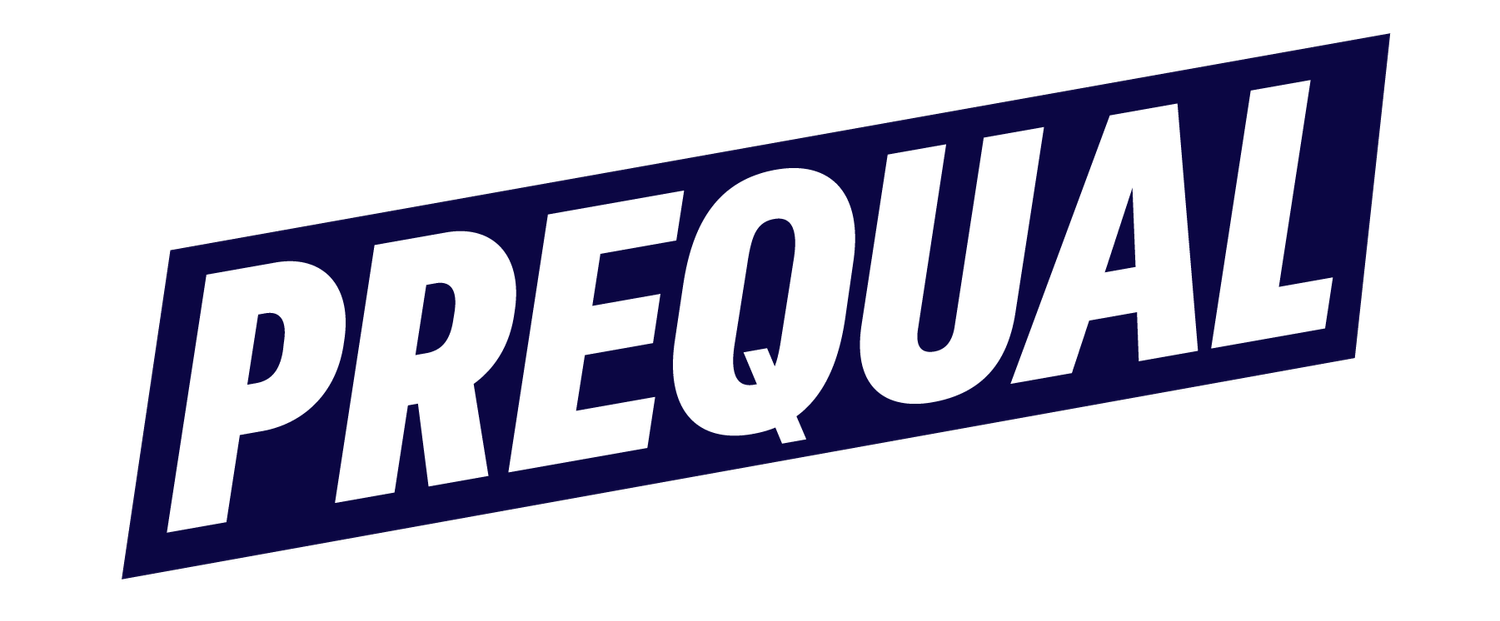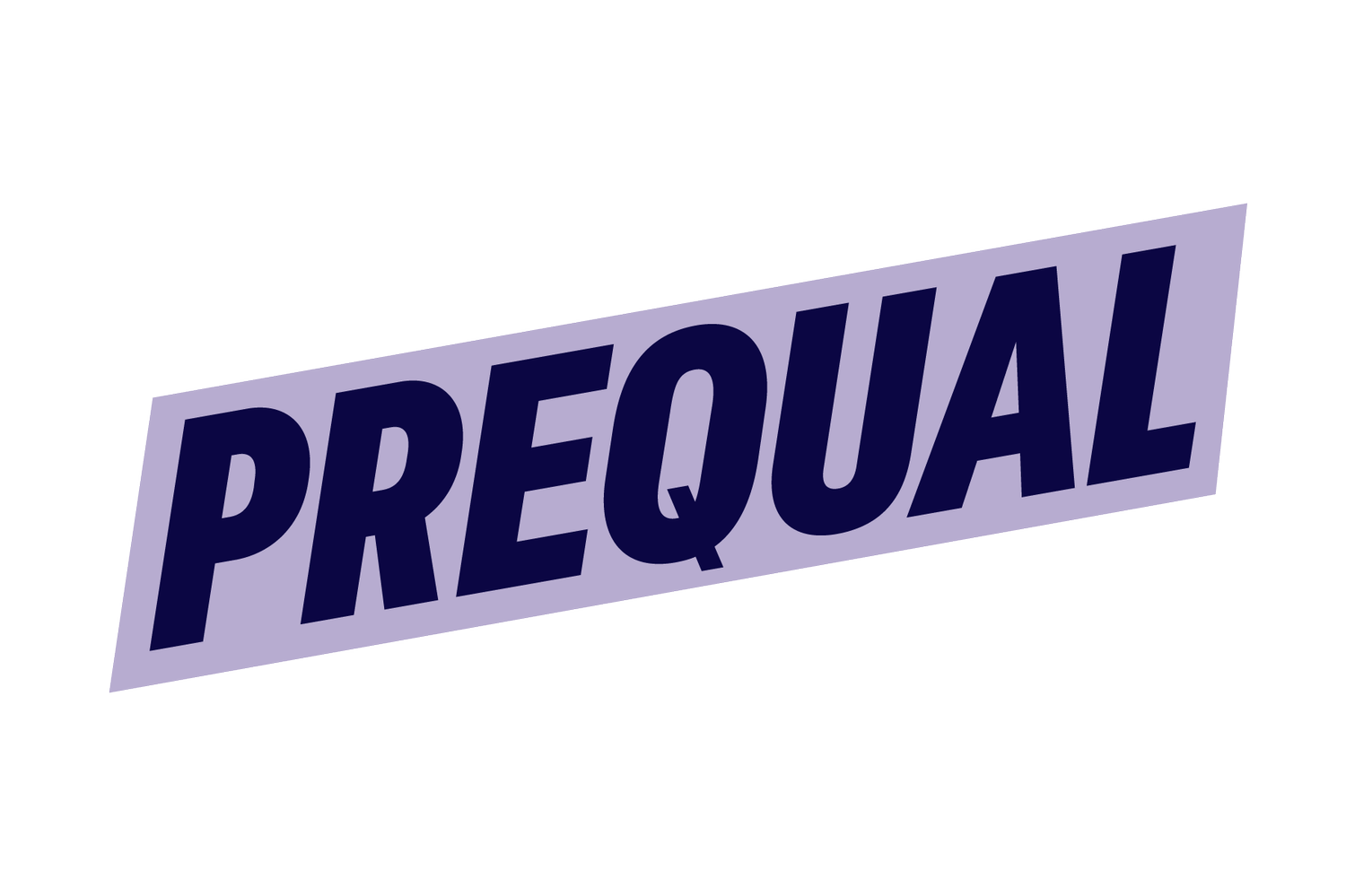How I Managed Personal Finances When I Quit My C-Suite Job and Started My Own Company
There are certain adventures in life that feel almost impossible to fully prepare for: climbing Mt. Kilimanjaro, adopting a puppy, growing a family, living through a pandemic, and being 100% financially prepared to leave your job and start your own business. Big gulps.
Going out on your own is often unpredictable, scary, and expensive. For me, starting Prequal has been like having a fifth child—even bigger gulps.
Start-ups begin from an idea, which then inspires plans and then actions. The entire process costs money and so does health insurance.
Deciding to leave my Chief position (after almost twelve years) was not a decision that I made lightly. Or frankly, one that my former engineer husband wouldn’t put his approval stamp on lightly. Ken is now a stay-at-home parent, which means as a one-income family, there’s a whole slew of financial planning and considerations that needed to happen to make sure 1) I could do it and 2) he was on board. He manages our money, and he’s pretty meticulous about our finances – as in, every Friday night, he updates a lengthy Excel document that stores all of our spending and earnings data for EVERY account we have.
Making sure that he was on board was at the top of my priorities, not only for support but also for working through all money-related factors.
We did some things on the personal side to de-risk the investment of starting a business.
We saved: We were able to save up enough to stay afloat for 12 months in the event that I had no clients or revenue coming in. We accomplished this by reframing our mindsets and realizing where we were putting our money. Instead of buying those personal items, I realized that I could spend that money professionally instead. For example, the cost of that new pair of jeans is the same as an hour consultation with a valued content strategist. This new spending perspective helped me analyze my monthly spending in a new light: my needs versus my wants. And then personal wants vs. professional wants. Ultimately, it’s all connected.
We reduced: Reducing spending sounds obvious but making a list to physically see our monthly expenses, laid out on a screen, allowed for a deeper understanding. We looked at some of our more significant expenses and weighed the pros and cons of keeping those things in our life. We actually ended a lease early on one of our cars to avoid the monthly payment. So now we own one vehicle, and it turns out in times of Covid, that’s more than enough.
We funded 401K as much as possible, for as long as possible. This is one area we struggled with on consensus. Would it be better to slow retirement savings to increase liquid cash on hand? Knowing that there would ultimately be a transition period where we wouldn’t fund any retirement, we decided to maximize the benefit of being a full-time employee.
We increased our home equity line of credit. We had an existing HELOC from our home purchase, so we decided to maximize an existing credit line since home values had increased. Should I need cash flow at any point, it’s better to borrow from myself in a way that is tax-deductible rather than taking an interest-bearing small business loan with a bank. We haven’t exercised this option before, but it came with a very neat 1950’s looking check book.
We engaged a financial management firm. Ken and I have worked hard for years to amass our long-term savings, and we have managed our retirement investments ourselves, always consistent with our risk tolerance level. So, why now? We now have a team of experts, resources, and investment opportunities that we did not have access to previously for a reasonable annual fee. There are eyes on our money and ensuring that our life plan matches both our spending and saving. They built us a “roadmap” so that we don’t have to wait until retirement to live out our dreams – vacations, home remodels and becoming an entrepreneur.
I researched: The best and free-ist thing you can do when starting up your own company is research: research loans, grants, and funds for women entrepreneurs. I follow @ifundwomen on Instagram, and they are an excellent resource for every stage of a female-founded business when attempting to gain access to capital. I actually applied for my first two grants (painful) during my first month of business. While I wasn’t awarded the grants, it proved an expedited way of forcing me to finish drafting the web copy for Prequal (also painful).
These life changes were both big and small at the same time, life-changing one might call them.
Keeping the conversation open and transparent with my family was of the utmost importance to me. It was essential for us to get the financial infrastructure of our lives right and then focus on Prequal’s economic infrastructure.
Honest Postscript: We did agree to purchase one fun home indulgence before total lockdown. We invested in this lovely piece from artist Holly Frean. Isn’t it great?


